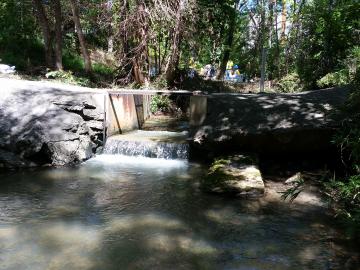
Filter News
Area of Research
- Biology and Environment (4)
- Clean Energy (27)
- Climate and Environmental Systems (3)
- Computer Science (1)
- Energy Sciences (1)
- Fusion Energy (4)
- Materials (19)
- Materials for Computing (1)
- National Security (4)
- Neutron Science (4)
- Nuclear Science and Technology (4)
- Nuclear Systems Modeling, Simulation and Validation (2)
- Renewable Energy (1)
- Supercomputing (8)
News Type
Date
News Topics
- 3-D Printing/Advanced Manufacturing (2)
- Advanced Reactors (6)
- Artificial Intelligence (1)
- Big Data (3)
- Biology (2)
- Biomedical (6)
- Climate Change (5)
- Computer Science (7)
- Coronavirus (3)
- Critical Materials (1)
- Energy Storage (7)
- Environment (9)
- Frontier (1)
- Fusion (3)
- Grid (3)
- Isotopes (1)
- Machine Learning (3)
- Materials Science (8)
- Mercury (1)
- Microscopy (2)
- Molten Salt (1)
- Nanotechnology (2)
- Neutron Science (4)
- Nuclear Energy (6)
- Polymers (2)
- Summit (3)
- Sustainable Energy (8)
- Transportation (4)
Media Contacts
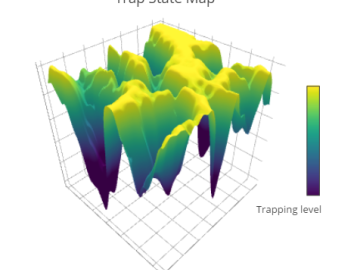
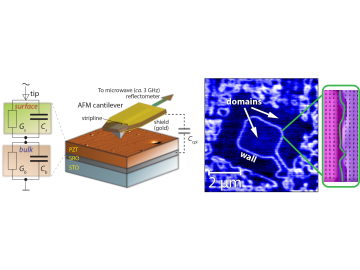
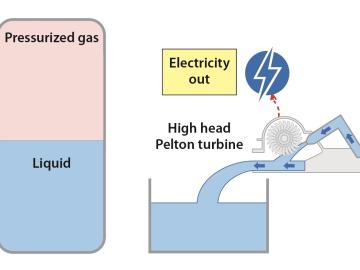
The gap between electricity generation and use could be narrowed with an Oak Ridge National Laboratory system that extracts energy from thin air. Actually, Ground-Level Integrated Diverse Energy Storage, or GLIDES, stores electricity mechanically in the form of compressed gas that disp...
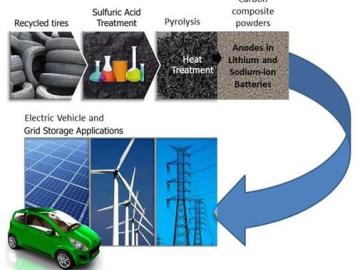
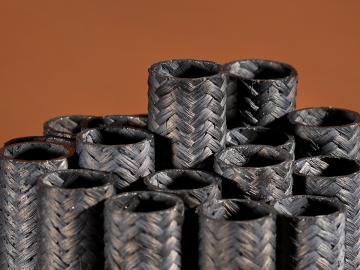
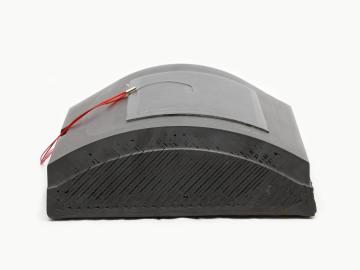
A successful test of 3D-printed thermoplastic molds demonstrates the potential of additive manufacturing in the tooling industry. Researchers at Oak Ridge National Laboratory’s Manufacturing Demonstration Facility collaborated with a team of industry partners to 3D-print and machine se...

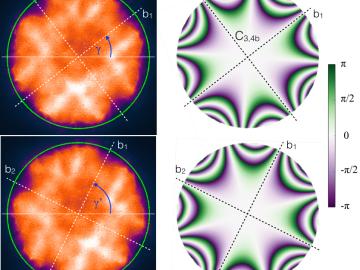

Clothes dryers that use thermoelectric heat pump technology being developed by Oak Ridge National Laboratory and industry partner Sheetak could use 40 percent less energy, potentially saving consumers $3 billion in utility costs. “Each month, electric clothes dryers typically consume more energy than any other household appliance,” said Kyle Gluesenkamp, who leads the development team for ORNL’s Building Equipment Research Group.
